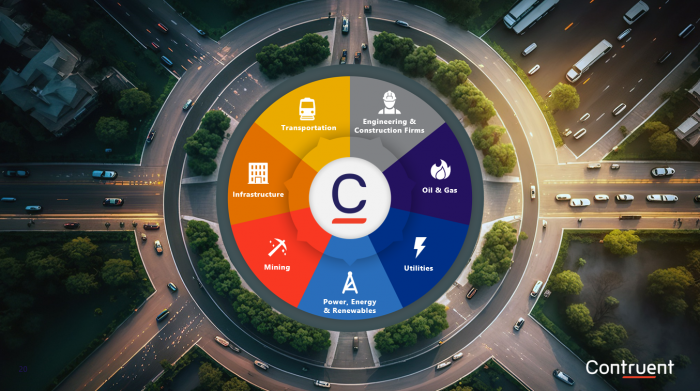A sad and worrying trend appears to be the steadily declining levels of knowledge about CPM, and its origins ranging from a resent 'white paper' promoted by Planning Planet that confused PDM, ADM, CPM and PERT, through to blatent lies promoted by some 'lean construction' advocates claimg CPM cannot do resource analysis.
A brief summary:
CPM and PERT both used ADM when develoed in 1957, PDM (Precedence) was made public in 1962 and was included in both CPM and PERT software shortly thereafter.
CPM (not PERT) was developed to resolve resource issues and has progressively included more sophiticated resouce calculations, PERT did not consider resources until PERT/Cost in 1961. All modern CPM softare include reource calculations (they are't always used but that is a different issue).
CPM is not a factual statement about what will occur in the future (this is impossible)
These topics are discussed in more detail in my latest blog post Critical Path Scheduling - 4 things people don't get: https://mosaicprojects.wordpress.com/2022/07/27/critical-path-scheduling-4-things-people-dont-get/







Replies